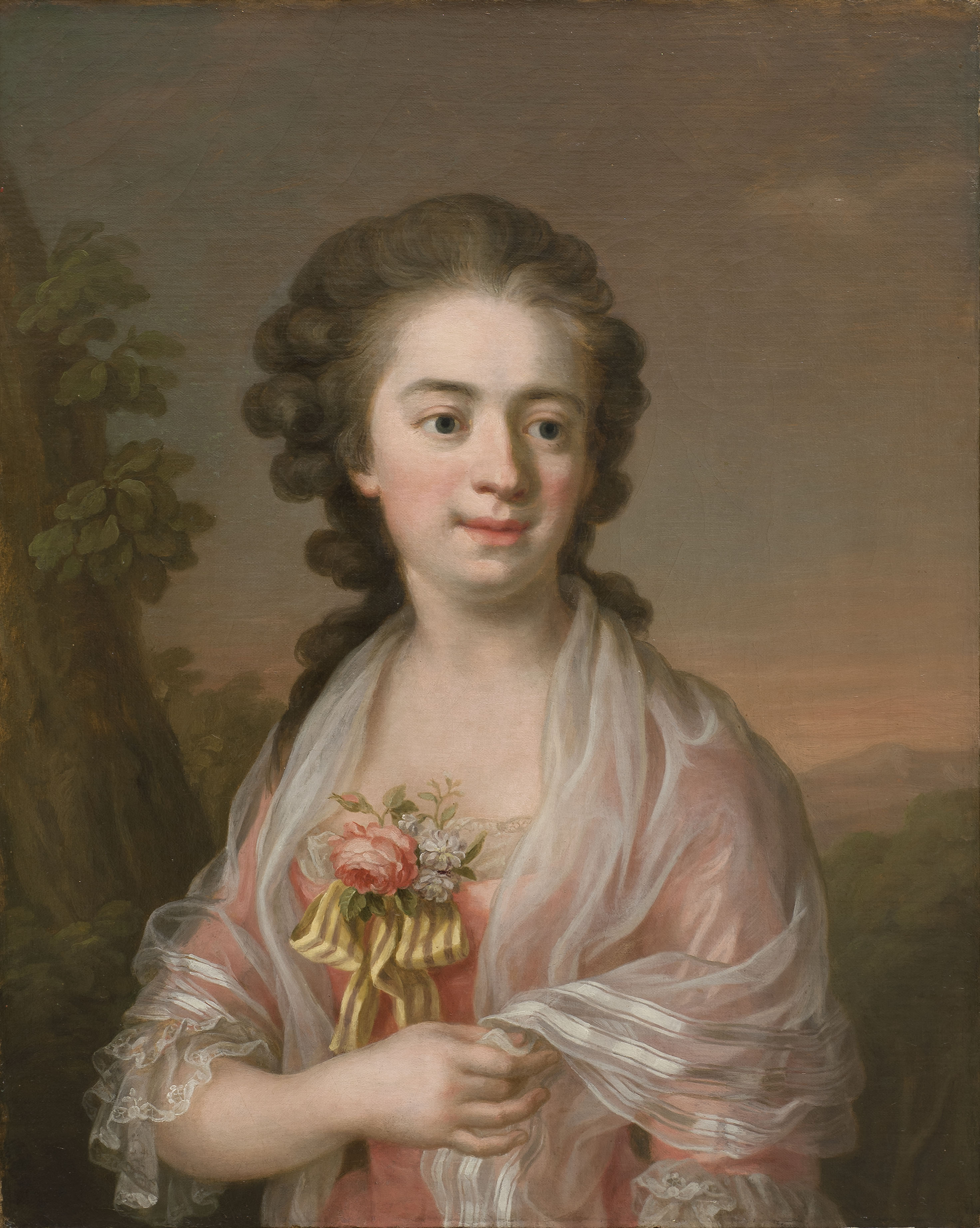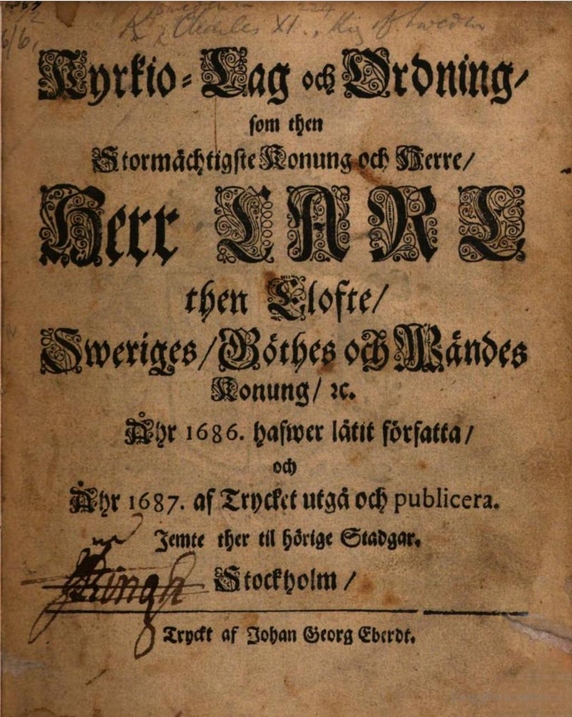|
History Of Women In Sweden
The status and rights of Women in Sweden has changed several times throughout the history of Sweden. These changes have been affected by the culture, religion and laws of Sweden, as well as social discourses like the strong Feminism in Sweden, feminist movement. History of women in Sweden Viking age During the Viking Age, women had a relatively free status in the Nordic countries of Sweden, Denmark and Norway, illustrated in the Icelandic Grágás and the Norwegian Frostating laws and Gulating laws.Borgström Eva : Makalösa kvinnor: könsöverskridare i myt och verklighet (Marvelous women : gender benders in myth and reality) Alfabeta/Anamma, Stockholm 2002. (inb.). Libris 8707902. The paternal aunt, paternal niece and paternal granddaughter, referred to as ''odalkvinna'', all had the right to inherit property from a deceased man. In the absence of male relatives, an unmarried woman with no son could furthermore inherit the position as head of the family from a deceased ... [...More Info...] [...Related Items...] OR: [Wikipedia] [Google] [Baidu] |
Kristofers Landslag
''Kristofers landslag'' ('The Country Law of Christopher') was a code of law passed under Christopher of Bavaria as king of Sweden in 1442. It was an amended version of the original national law, the ''Magnus Erikssons landslag'' from circa 1350. It was in effect in Sweden until the Civil Code of 1734. History It is unclear whether the law was ever confirmed by king Christopher. It was used in parallel to the previous ''Magnus Erikssons landslag''. It was to be used in the country side (hence its name), while the cities were still to be governed by the ''Stadslagen'' (City law) from 1350. In 1608, the ''Kristofers landslag'' was reprinted on the order of Charles IX of Sweden, which solved the question about which law to use. The judges were also granted the right to use the old Medieval Scandinavian law in the cases when the law of 1442 was unclear. The law was also amended with the law texts from the Law of Moses of the bible The Bible is a collection of religious te ... [...More Info...] [...Related Items...] OR: [Wikipedia] [Google] [Baidu] |
Guild
A guild ( ) is an association of artisans and merchants who oversee the practice of their craft/trade in a particular territory. The earliest types of guild formed as organizations of tradespeople belonging to a professional association. They sometimes depended on grants of letters patent from a monarch or other ruler to enforce the flow of trade to their self-employed members, and to retain ownership of tools and the supply of materials, but most were regulated by the local government. Guild members found guilty of cheating the public would be fined or banned from the guild. A lasting legacy of traditional guilds are the guildhalls constructed and used as guild meeting-places. Typically the key "privilege" was that only guild members were allowed to sell their goods or practice their skill within the city. There might be controls on minimum or maximum prices, hours of trading, numbers of apprentices, and many other things. Critics argued that these rules reduced Free market, fre ... [...More Info...] [...Related Items...] OR: [Wikipedia] [Google] [Baidu] |
Handelsordningen
Handelsordningen ('Trade Regulation') was a business law reform introduced in Sweden 22 December 1846. The reform abolished the legal differences between retail business and wholesaling business, transformed the trade guild A guild ( ) is an association of artisans and merchants who oversee the practice of their craft/trade in a particular territory. The earliest types of guild formed as organizations of tradespeople belonging to a professional association. They so ...s to trade associations, and granted all men over the age of 21 the right to apply for a trade permit as long as they mastered the four mathematics operations and bookkeeping. Women were given the same right as long as they were of legal majority (widows, divorced women, or unmarried women who had themselves declared of legal majority by court petition) or were given permission by their husband and guardian. Du Rietz, Anita, Kvinnors entreprenörskap: under 400 år, 1. uppl., Dialogos, Stockholm, 2013 s 270 It was ... [...More Info...] [...Related Items...] OR: [Wikipedia] [Google] [Baidu] |
Gymnasium (school)
''Gymnasium'' (and Gymnasium (school)#By country, variations of the word) is a term in various European languages for a secondary school that prepares students for higher education at a university. It is comparable to the US English term ''University-preparatory school, preparatory high school'' or the British term ''grammar school''. Before the 20th century, the gymnasium system was a widespread feature of educational systems throughout many European countries. The word (), from Greek () 'naked' or 'nude', was first used in Ancient Greece, in the sense of a place for both physical and intellectual education of young men. The latter meaning of a place of intellectual education persisted in many European languages (including Albanian language, Albanian, Bulgarian language, Bulgarian, Czech language, Czech, Dutch language, Dutch, Estonian language, Estonian, Greek language, Greek, German language, German, Hungarian language, Hungarian, Macedonian language, Macedonian, Montene ... [...More Info...] [...Related Items...] OR: [Wikipedia] [Google] [Baidu] |
Maria Jonae Palmgren
Maria Jonae Palmgren (1630, Gränna - before 28 May 1708) was a Swedish female scholar. In 1645, she was accepted as a student at the Visingsö college of Count Brahe. Alongside her fellow student, the German Ursula Agricola from Strassburg Strasbourg ( , ; ; ) is the Prefectures in France, prefecture and largest city of the Grand Est Regions of France, region of Geography of France, eastern France, in the historic region of Alsace. It is the prefecture of the Bas-Rhin Departmen ..., who was accepted one year prior (1644), she is likely to have been the first female student in Sweden: the next student of her sex was at the same school was Aurora Liljenroth in 1780. After her studies, Palmgren married her fellow student, the official of count Brahe, Peter Wickenberg. References * Maria Jonae Palmgren i Wilhelmina Stålberg, Anteckningar om svenska qvinnor * https://web.archive.org/web/20090720075150/http://bossebus.eu/Html/000/0035/928.htm * Tage Grennfelt: Gränna- V ... [...More Info...] [...Related Items...] OR: [Wikipedia] [Google] [Baidu] |
Strasbourg
Strasbourg ( , ; ; ) is the Prefectures in France, prefecture and largest city of the Grand Est Regions of France, region of Geography of France, eastern France, in the historic region of Alsace. It is the prefecture of the Bas-Rhin Departments of France, department and the Seat of the European Parliament in Strasbourg, official seat of the European Parliament. The city has about three hundred thousand inhabitants, and together Eurométropole de Strasbourg, Greater Strasbourg and the arrondissement of Strasbourg have over five hundred thousand. Strasbourg's functional area (France), metropolitan area had a population of 860,744 in 2020, making it the eighth-largest metro area in France and home to 14% of the Grand Est region's inhabitants. The transnational Eurodistrict Strasbourg-Ortenau Eurodistrict, Strasbourg-Ortenau had a population of roughly 1,000,000 in 2022. Strasbourg is one of the ''de facto'' four main capitals of the European Union (alongside Brussels, Luxembourg ... [...More Info...] [...Related Items...] OR: [Wikipedia] [Google] [Baidu] |
Swedish Church Ordinance 1571
The Swedish Church Ordinance of 1571 was the first complete Swedish church order following the Swedish Reformation in the 1520s. The main originator of the ordinance was archbishop Laurentius Petri. Petri, archbishop since 1531, had published many doctrinal texts. He had, in vain, tried to persuade kings Gustav Vasa and Eric to be allowed to publish a complete church ordinance. With the ascension of King John in 1568, Petri was granted permission, and in 1571 published ''Canon Ecclesiasticus''.Corneliusp.76/ref> It was formalized at a church meeting in 1572. Through the ordinance, all the fundamental Lutheran doctrines were written down and Catholic canon law formally lost its authority. Petri's work was however marked by a profound compromise between the old and the new. He altered the Catholic doctrines he believed were incompatible with true Christianity, but allowed others to remain if he deemed them useful. For example, the episcopate was retained, even though it was not dir ... [...More Info...] [...Related Items...] OR: [Wikipedia] [Google] [Baidu] |
Widow Conservation
Widow conservation was a practice in Protestant Europe in the early modern age, when the widow of a parish vicar (or sometimes her daughter) would marry her husband's successor to the vicarage to ensure her economic support. The practice was common in Scandinavia (''Änkekonservering''/''Enkekonservering'') and Protestant parts of Germany (''Konservierung von Pfarrwitwen''). It is related to other forms of widow inheritance, including the levirate marriage known in the Old Testament as ''yibbum''. At the introduction of the Protestant Reformation, priests were allowed to marry. However, as they did not own the vicarage and property attached to their profession, their wife and children were left without a home and means of support after their death. The future support of the widows and children of vicars thereby became a concern for the various churches. The most common solution was for the successor of a vicar to be required to marry the widow (or perhaps her daughter) of his p ... [...More Info...] [...Related Items...] OR: [Wikipedia] [Google] [Baidu] |
Blacksmith
A blacksmith is a metalsmith who creates objects primarily from wrought iron or steel, but sometimes from #Other metals, other metals, by forging the metal, using tools to hammer, bend, and cut (cf. tinsmith). Blacksmiths produce objects such as gates, grilles, railings, light fixtures, furniture, sculpture, tools, agricultural implements, decorative and religious items, cooking utensils, and weapons. There was a historical distinction between the heavy work of the blacksmith and the more delicate operations of a whitesmith, who usually worked in Goldsmith, gold, Silversmith, silver, pewter, or the finishing steps of fine steel. The place where a blacksmith works is variously called a smithy, a forge, or a blacksmith's shop. While there are many professions who work with metal, such as farriers, wheelwrights, and Armourer, armorers, in former times the blacksmith had a general knowledge of how to make and repair many things, from the most complex of weapons and armor to simple ... [...More Info...] [...Related Items...] OR: [Wikipedia] [Google] [Baidu] |
Swedish Church Law 1686
The Swedish Church Law 1686 () was a Swedish law which (with some alterations) regulated the relationship between the state and the church in Sweden from 1686 until the Swedish Church Law 1992, as well as in Finland (earlier a Swedish province) until 1870. It replaced the previous Swedish Church Ordinance 1571. History During the reign of Charles X Gustav of Sweden, two proposals were put forward to replace the Swedish Church Ordinance 1571: one by and the other by . In 1663, a formal investigation to change the law was initiated, and in 1682, the two proposals were merged. A commission was then established to review the draft, consisting mainly of bishops and superintendents, including Olof Svebilius, Haquin Spegel, and . Their revised proposal was adopted as the 1686 Church Law. The law was translated into Finnish by Henrik Florinus in 1688. The Swedish Church Law 1686 abolished canon law and the Law of Uppland church charter. The state, represented by the monarch, ... [...More Info...] [...Related Items...] OR: [Wikipedia] [Google] [Baidu] |






